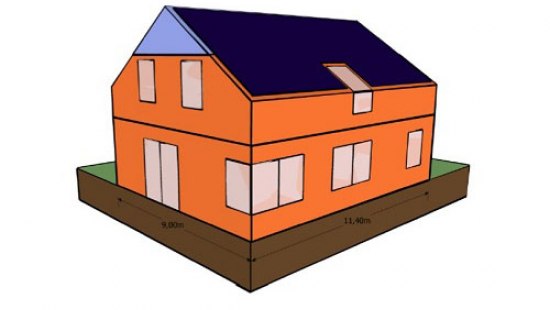Study of Dresden's ITG Institute

With decreasing energy consumption for the heating of residential buildings by means of increasing thermal insulation and air tightness, grid power becoming greener and photovoltaic systems (PV) becoming cheaper, the combination of electrical heating and PV may become a more viable option from both an economic and an ecologic perspective.
On behalf of the Bundesverband Flächenehizungen und Flächenkühlungen e. V. (BVF; Federal Association of Surface Heating and Surface Cooling), ITG has compared several heat generation options (fuel based as well as fully electric) combined with photovoltaic systems in terms of
- energy efficiency,
- cost effectiveness and
- the chosen method of crediting the usable PV output.
The present study converts the abovementioned considerations to exemplarily chosen European countries. This conversion accounts for national conditions regarding weather, primary energy and relevant costs – e. g. adjustment of net/final energy demand and PV output, use of country-specific primary energy factors, energy prices and investment costs. However, country-specific legislation, subsidies / support schemes and such will not be researched.
Complete study you can find here.








